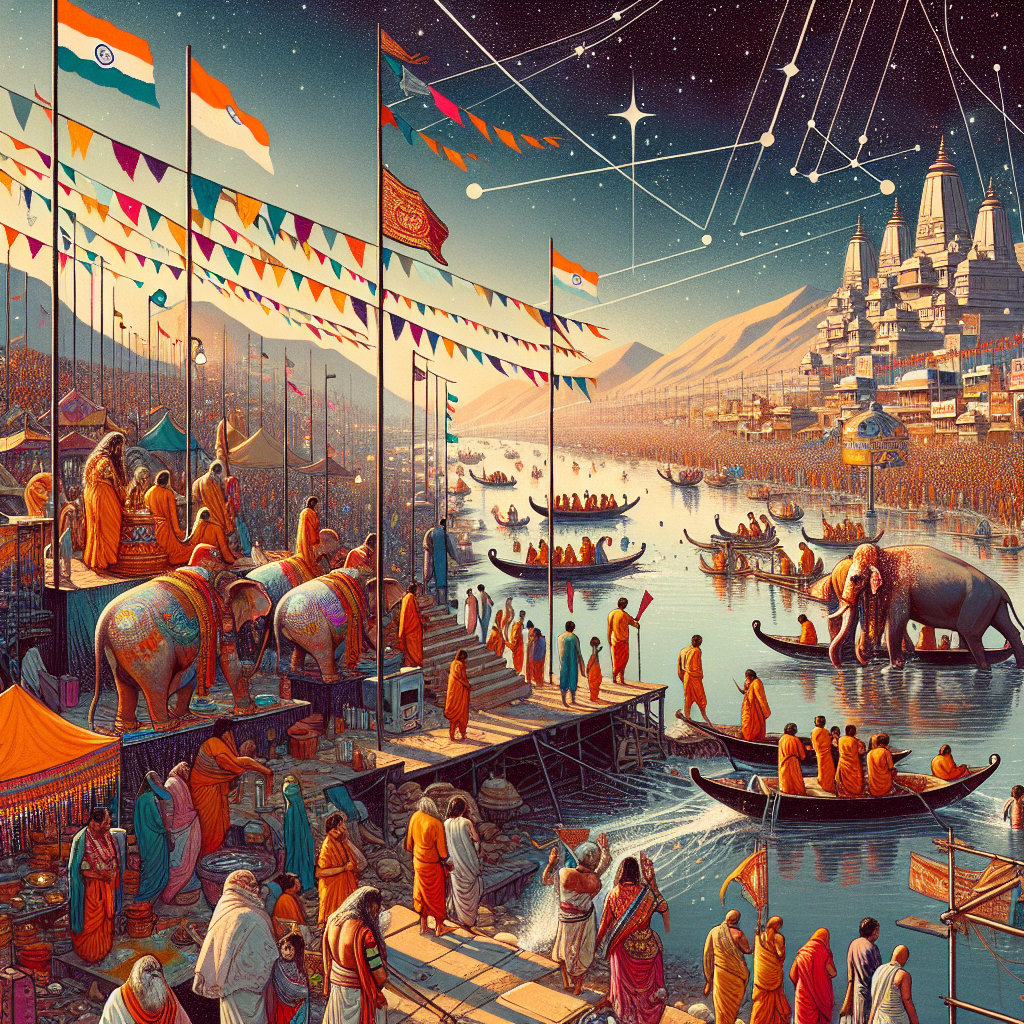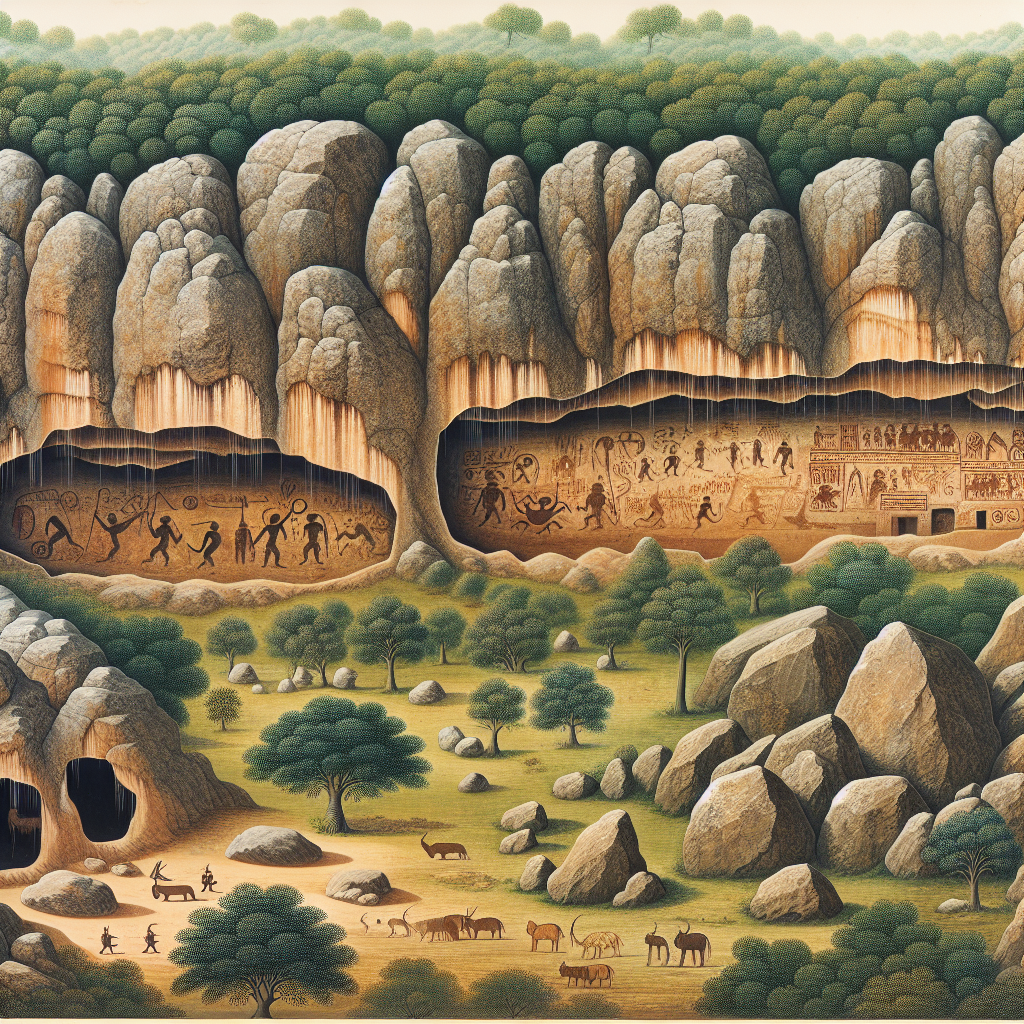Fascinating Facts and Insights About the Kumbh Festival
1. Overview of Kumbh Mela
Kumbh Mela is a major Hindu festival celebrated every 12 years at four sacred riverbank locations in India: Haridwar, Allahabad (Prayagraj), Nashik, and Ujjain. The festival attracts millions of pilgrims, making it one of the largest gatherings in the world. The origins of Kumbh Mela date back to ancient mythology, where it is said that the gods and demons churned the ocean to obtain the nectar of immortality.
2. Historical Significance
Kumbh Mela has been held for centuries, with recorded history dating back to the 4th century. According to accounts from Hiuen Tsang, a Chinese traveler, the festival was thriving during his visit in the 7th century. It marks not only a religious observance but also a celebration of Hindu culture and spirituality, emphasizing purification, forgiveness, and community.
3. Locations and Their Significance
The festival rotates among four leading locations, each associated with significant mythological events. Haridwar is linked to the Ganges River; Prayagraj where the Ganges, Yamuna, and the mythical Saraswati meet; Nashik associated with the Godavari River; and Ujjain linked to the Shipra River. Each location symbolizes unique spiritual importance, attracting pilgrims who seek forgiveness and redemption through holy bathing.
4. The Ritual of Bathe
The central ritual of Kumbh Mela involves taking a holy dip in the sacred river. Pilgrims believe that bathing in these waters purifies the soul and cleanses sins. According to estimates, during the peak days of the event, up to 30 million pilgrims may bathe at a single location, showcasing the festival’s scale and significance in spiritual practice.
5. Dates and Timing
The Kumbh Mela follows a unique astrological schedule. Each of the four locations hosts the festival during different periods based on the positioning of celestial bodies. The next major Kumbh Mela will occur in Prayagraj in 2025. The festival is meticulously calculated, with astrologers identifying the optimal dates based on positions of the sun, moon, and Jupiter.
6. Pilgrims and Participation
In 2019, approximately 150 million people attended Kumbh Mela in Prayagraj, making it the largest gathering of human beings for a religious purpose in history. The event fosters a deep sense of community among participants. Many families prepare their pilgrimage years in advance, underlining the importance of tradition and cultural connection.
7. Spiritual Teachers and Sadhus
The presence of Sadhus, or holy men, is a significant feature of Kumbh Mela. These ascetics often belong to various sects and traditions and seek spiritual ascendance. They attract many followers and devotees who wish to seek their blessings. The most revered among them, the Akharas, play crucial roles in the organization of the event, which includes rituals, safe passages to bathing ghats, and security arrangements.
8. Environmental Aspects
The mass gathering raises concerns about environmental impact. To combat pollution, authorities implement extensive waste management systems. In 2021, for example, officials emphasized sustainable practices like biodegradable waste disposal. The challenge remains to balance tradition with ecological responsibility as millions converge at holy sites.
9. Economic Impact
Kumbh Mela has a significant economic impact on the local economy. It generates considerable revenue through tourism, with estimates suggesting that it can contribute up to $1 billion in some hosting locations. Local businesses thrive through the sale of food, clothing, and spiritual paraphernalia, resulting in employment opportunities and development of infrastructure.
10. Cultural Events and Performances
The Kumbh Mela is not just a religious gathering; it is also a celebration of culture with performances, music, and art showcasing India’s rich heritage. Cultural programs include folk dances, spiritual discourses, and exhibitions that engage attendees and encourage participation in celebrating the country’s diversity and traditions.
11. Safety and Security Measures
With massive crowds, safety and security during Kumbh Mela is of paramount importance. The government deploys thousands of personnel to ensure pilgrims’ safety, including police, medical teams, and disaster management teams. In 2019, around 40,000 personnel were deployed in Prayagraj for crowd management. This is complemented by the use of technology such as drones for monitoring large gatherings.
12. The Legacy of Kumbh Mela
Kumbh Mela continues to inspire and instill a sense of unity among people, transcending regional and cultural boundaries. The festival’s legacy is marked by the ideals of peace, spirituality, and communal harmony. For many, participating in Kumbh Mela is a once-in-a-lifetime experience, emphasizing faith and devotion that carry significant meaning.
In conclusion, Kumbh Mela stands as a testament to India’s rich spiritual and cultural fabric, drawing millions of pilgrims together to participate in a time-honored tradition emphasizing purification and community. With each occurrence, the festival not only reinforces religious beliefs but also has become an integral part of India’s socio-economic landscape.




Post Comment